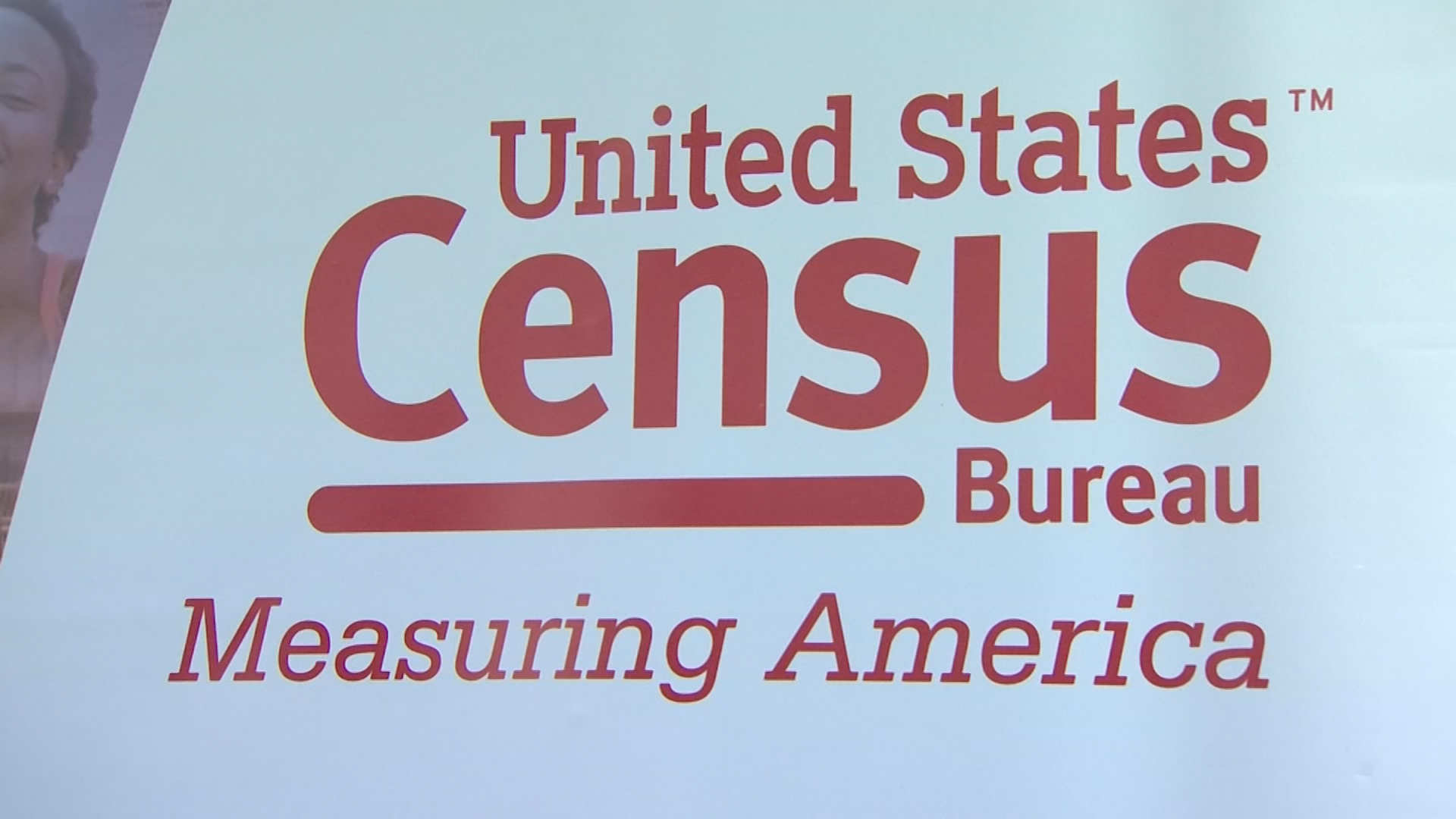
The number of immigrants to the U.S. jumped to the highest level in two decades this year, driving the nation’s overall population growth, according to estimates released Tuesday by the U.S. Census Bureau.
The United States added 1.6 million people, more than two-thirds of which came from international migration, bringing the nation’s population total to 334.9 million. It marks the second year in a row that immigration powered population gains.
A decline in the number of deaths since the depths of the COVID-19 pandemic also contributed to the U.S. growth rate.
Population gains stem from immigration and births outpacing deaths.
Get Boston local news, weather forecasts, lifestyle and entertainment stories to your inbox. Sign up for NBC Boston’s newsletters.
After immigration declined in the latter half of last decade and dropped even lower amid pandemic-era restrictions, the number of immigrants last year bounced back to almost 1 million people. The trend continued this year as the nation added 1.1 million people.
The last time immigration surpassed 1.1 million people was in 2001, according to Census Bureau figures compiled by William Frey, a demographer at The Brookings Institution.
It is a sign of things to come. Without immigration, the U.S. population is projected to decline as deaths are forecast to outpace births by the late 2030s.
“The immigration piece is going to be the main source of growth in the future,” Frey said.
The census determines how many U.S. congressional seats each state gets. If trends continue through the 2030 count, California could lose four U.S. House seats and New York three. Texas could gain four seats and Florida could add three, according to an analysis by the Brennan Center for Justice.
While low by historical standards, 2023's half-percent growth rate was a slight uptick from the 0.4% rate last year and the less than 0.2% increase in 2021.
There were about 300,000 fewer deaths this year compared with a year earlier. That helped double the natural increase to more than 500,000 people in 2023, contributing to the largest U.S. population gain since 2018, according to estimates that measure change from mid-2022 to mid-2023. The population increased in 42 states, up from last year's 31 states.
The vast majority of growth, 87%, came from the South, a region the Census Bureau defines as stretching from Texas to Maryland and Delaware. But the concentration of growth seen during the height of the pandemic in Texas, Florida, North Carolina and Georgia diminished in 2023.
“We peaked in the movement of people to those Sun Belt hotshots,” Frey said. “It’s tapering off a little bit.”
South Carolina's 1.7% growth rate topped all other states, and its population rose by more than 90,000 residents. More than 90% of the growth came from domestic migration, or people moving from another U.S. state to South Carolina. Without domestic and international migration, the Palmetto State would have lost population in 2023 with almost 1,300 more deaths than births.
Florida had the next-highest growth rate at 1.6%, adding more than 365,000 residents. That was also the second-highest growth in terms of raw numbers. Only Texas surpassed it, gaining more than 473,000 people. More people moved to Florida than any other's U.S. state this year, with the almost 373,000 movers about evenly split between domestic and international. Significantly fewer residents died in Florida compared to last year, leading to a natural decrease of only around 7,600 people.
Of the 50 states, New York had the biggest rate of population decline, losing 0.5%. It also recorded the largest decline in pure numbers, with a drop of almost 102,000 residents, although it marks a much smaller decline than last year's 180,000-person drop. The almost 74,000 international arrivals and the state's natural increase of more than 41,000 residents couldn't offset the almost 217,000 New Yorkers who departed the state from mid-2022 to mid-2023.
California was still the nation's most populous state, with 38.9 million residents, though it lost more than 75,000 residents this year. The decline was an improvement from the more than 113,000-person drop last year. Texas was the second most populous state with 30.5 million residents.
For the first time, Georgia surpassed 11 million people in 2023, joining only seven other states above that population threshold.
“Barring something completely unforeseen, the 2020s are shaping up to be the South’s decade,” the Brennan Center for Justice said in a report on Tuesday.
___
Follow Mike Schneider on X, formerly known as Twitter: @MikeSchneiderAP.



